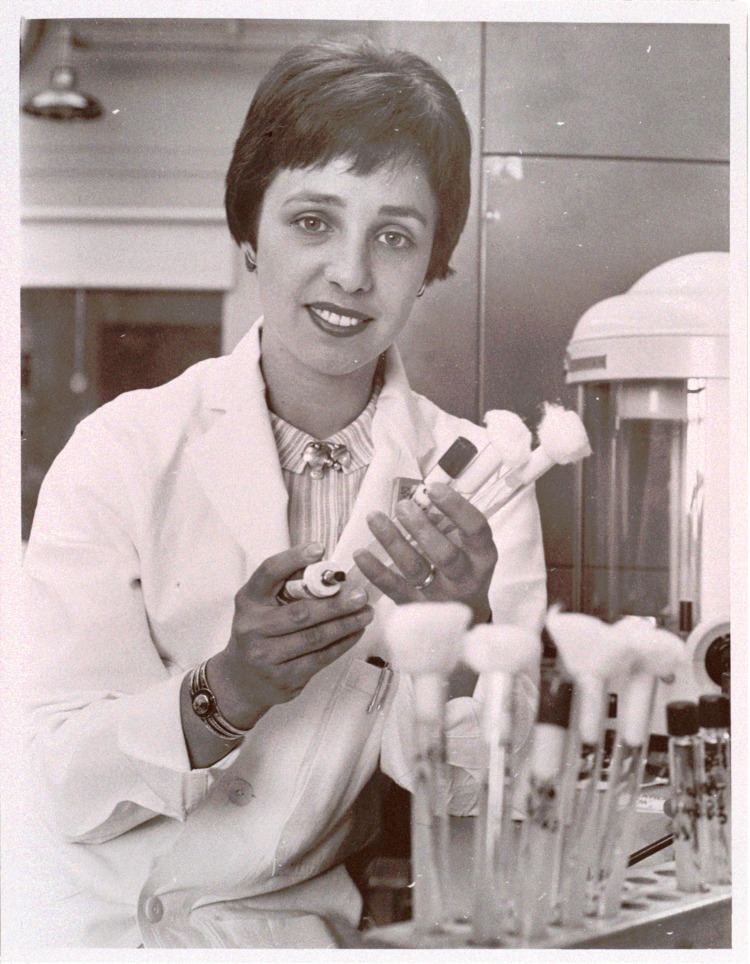Nationality French Name Marianne Grunberg-Manago | Fields Biochemistry | |
 | ||
Marianne Grunberg-Manago (January 6, 1921 – January 3, 2013) was a Soviet-born French biochemist. Her work helped make possible key discoveries about the nature of the genetic code.
Contents

Early life

Grunberg-Manago was born into a family of artists who adhered to the teachings of the Swiss educational reformer Johann Pestalozzi. When she was 9 months old, Grunberg-Manago's parents emigrated from the Soviet Union to France.
Education and Research
Grunberg-Manago studied biochemistry and, in 1955, while working in the lab of Spanish-America biochemist Severo Ochoa, she discovered the first nucleic-acid-synthesizing enzyme. Initially, everyone thought the new enzyme was an RNA polymerase used by E. coli cells to make long chains of RNA from separate nucleotides. But although the new enzyme could link a few nucleotides together, the reaction was highly reversible and it later became clear that the enzyme, polynucleotide phosphorylase, usually catalyzes the breakdown of RNA, not its synthesis.
Nonetheless, the enzyme was extraordinarily useful and important. Almost immediately, Marshall Nirenberg and J. Heinrich Matthaei put it to use to form the first three-nucleotide RNA codons, which coded for the amino acid phenylalanine. This first step in cracking the genetic code entirely depended on the availability of Grunberg-Manago’s enzyme.
In 1959, Ochoa and Arthur Kornberg won the 1959 Nobel Prize in Physiology or Medicine "for the synthesis of the nucleic acids RNA and DNA." She was elected a Foreign Honorary Member of the American Academy of Arts and Sciences in 1978 and a Foreign Associate Member of the National Academy of Sciences in 1982.
Grunberg-Manago was the first woman to direct the International Union of Biochemistry, and she was also the first woman to preside the French Academy of Sciences from 1995 to 1996.
Later life and death
Late in her career, Grunberg-Manago was named emeritus director of research at CNRS, France’s National Center for Scientific Research.
Grunberg-Manago died in January, 2013, three days before her 92nd birthday.
